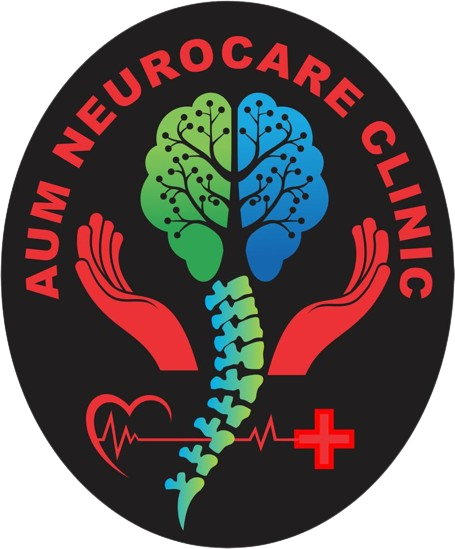
Seizures
The treatment of seizures, also known as epilepsy, depends on various factors, including the type of seizures, their frequency, and the underlying cause. Seizure management often involves a combination of medical therapies, lifestyle modifications, and, in some cases, surgical interventions. The management of seizures is highly individualized, and treatment plans are tailored to each person's specific circumstances. Regular follow-up appointments with healthcare providers are crucial to monitor treatment effectiveness, adjust medications if needed, and address any emerging concerns. Individuals with epilepsy should work closely with their healthcare team to develop a comprehensive and personalized treatment strategy. There are currently two FDA-approved devices that modulate the nervous system with the goal of improved seizure control.
- First-Line Medications : The primary treatment for epilepsy involves the use of antiepileptic drugs (AEDs). These medications help control or prevent seizures by stabilizing electrical activity in the brain.
- Individualized Treatment : The choice of medication is often based on the type of seizures, age, gender, coexisting medical conditions, and potential side effects. The goal is to find the most effective medication with the fewest side effects for each individual.
- Regular Monitoring : Close monitoring of medication levels in the blood and periodic evaluations of the patient's response are essential to ensure optimal seizure control.
- Stress Management : Stress reduction techniques, such as relaxation exercises and mindfulness, may be beneficial for individuals prone to stress-induced seizures.
- Limiting Triggers : Identifying and avoiding specific triggers, such as certain foods or environmental factors, can help minimize seizure occurrence.
- Ketogenic Diet : For some individuals with epilepsy, especially children, a ketogenic diet may be recommended. This high-fat, low-carbohydrate diet has been shown to help control seizures in some cases.
- Vagus Nerve Stimulation : VNS is a surgical intervention where a device is implanted under the skin, typically on the chest. The device sends regular, mild electrical pulses to the brain via the vagus nerve, helping to reduce the frequency and intensity of seizures.
- Responsive Neurostimulation : RNS is another surgical option where a device is implanted in the brain to continuously monitor electrical activity. When abnormal activity is detected, the device delivers targeted electrical stimulation to prevent the onset of a seizure.
- Epilepsy Surgery : In cases where seizures originate from a specific, identifiable area of the brain, surgical removal of that portion (resective surgery) may be considered. This is typically considered when other treatment options have not been successful and the benefits of surgery outweigh the risks.
- Complementary and Alternative Therapies : Some individuals explore complementary approaches such as acupuncture, biofeedback, or herbal supplements. However, the effectiveness of these therapies varies, and their use should be discussed with healthcare professionals.
